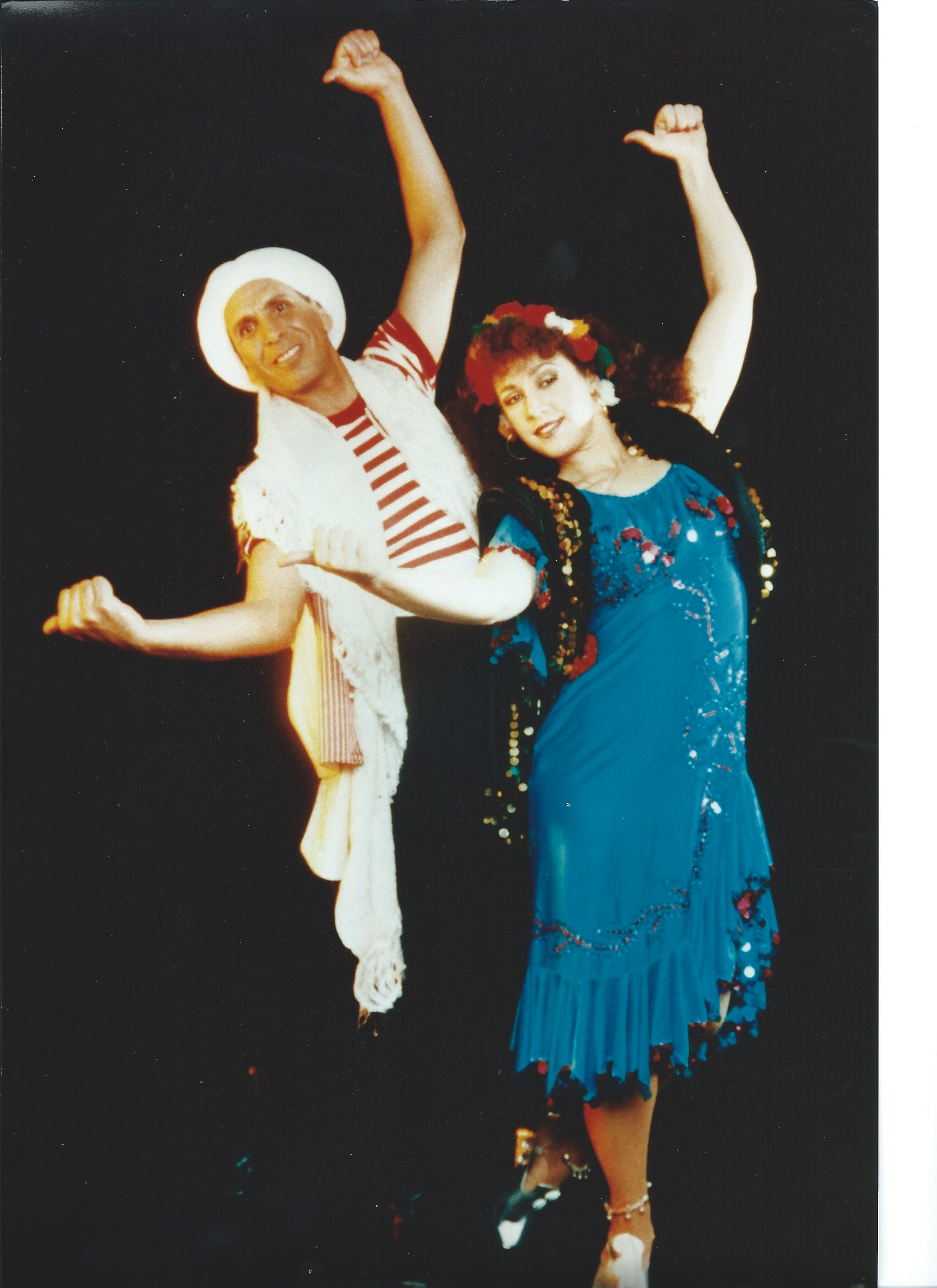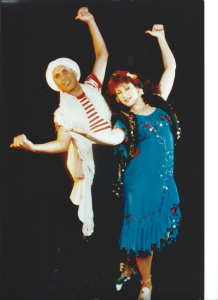
 Sailor/Fisherman Dances
Sailor/Fisherman Dances
Iskandarani (aka Eskandarani or Alexandria), Bomboutiya (from Port Said)
Sailor/Fisherman Dances (Hornpipe)
Sailor/Fisherman dances have been discovered in many parts of the world. It is said that because of the English colonization in Egypt, this is where the English have adapted this style of dance to later on make it their own style e.g., Hornpipe. In Egypt, two known styles of this dance are the Iskandarani (from Alexandria, also called Eskandarani) and the Bomboutiya (from Port Said).
Both styles have in common many of the same steps and although both use a Beledi style of music and the music for Bomboutiya has a different sound to it because of other instruments used. Music for Bomboutiya is called Sueza (pronounced Swissa) because it is typically from the Suez Canal. Both dances use a different prop and these props also help determine what style of dance it is.
NOTE: Many steps can also be from Asia e.g., Russian because of their long-term stay in Egypt but the music is Egyptian.
Iskandarani, typically performed by men, use a shawl, which is twirled about to make different patterns. When this dance is performed with women, the shawl plays an important role as the shawl is used to wrap around the female dancer’s waist, thus keeping the man from actually touching her. This style of dance can show the tossing of nets, reeling them in, use of small knives (typical for Iskandarani), miming what they have to sell. These same gestures are used in many or all other types of fisherman dances. The English have gone ahead and added footwork thus creating the Hornpipe. A dancer performing the Melaya Lef can accompany Iskandarani style of dance.
NOTE: There are also 2 styles of Melaya Lef, one from Alexandria (Iskandaria) and Masaria (Cairo). (See Melaya Lef). There is one famous piece of music that was used many years ago at weddings and fests. This music is typically slower but a quicker version is used for dancing and is almost like a March or National song.
Bomboutiya is from Port Said and the dancers use metal spoons. The spoons are hit against various parts of the body during the performance to make interesting patterns and rhythms. This style of dance also mimics the tossing of nets, reeling them in, miming what they have to sell to the big ships combined with footwork similar but not as intense as the English Jig or Hornpipe.
Costume for the men for both Iskandarani and Bomboutiya can be the same, large pants fitted from the calf to the ankle, a simple sash worn at the waist, a cap, and a waist length or short vest that can be worn with or with out a shirt. An example of the women’s costuming would consists of tight pants with a belled bottom, a long fitted top with long or 3/4 length sleeves, or a crop top, and a handkerchief on the head, with hair often worn in braids framing the face.
References: Nadia Hamdi-Cairo, the Late Salah Mohammed Hamdi (brother of Abdel Wahab Mohammed, known lyrics accompanist), Salah Rahbiah, former Director of Balloon Theatre, one of the best ney players in Egypt.
